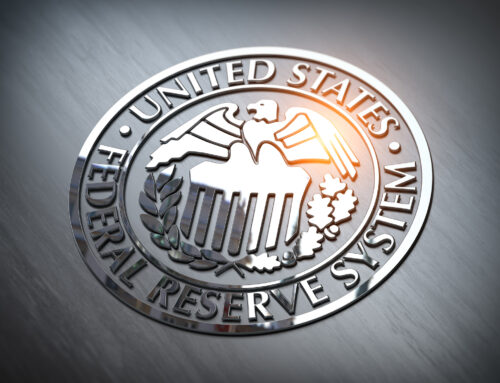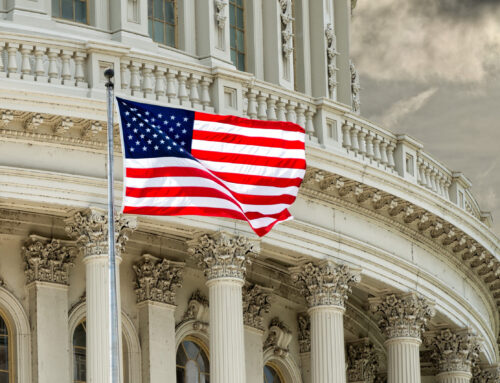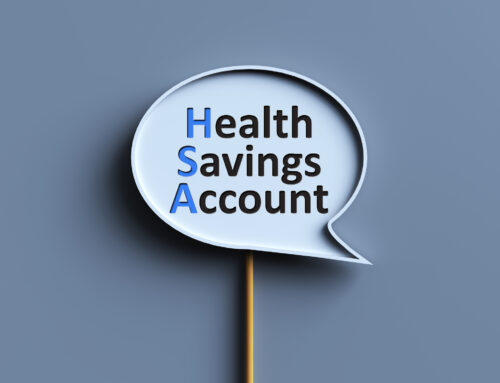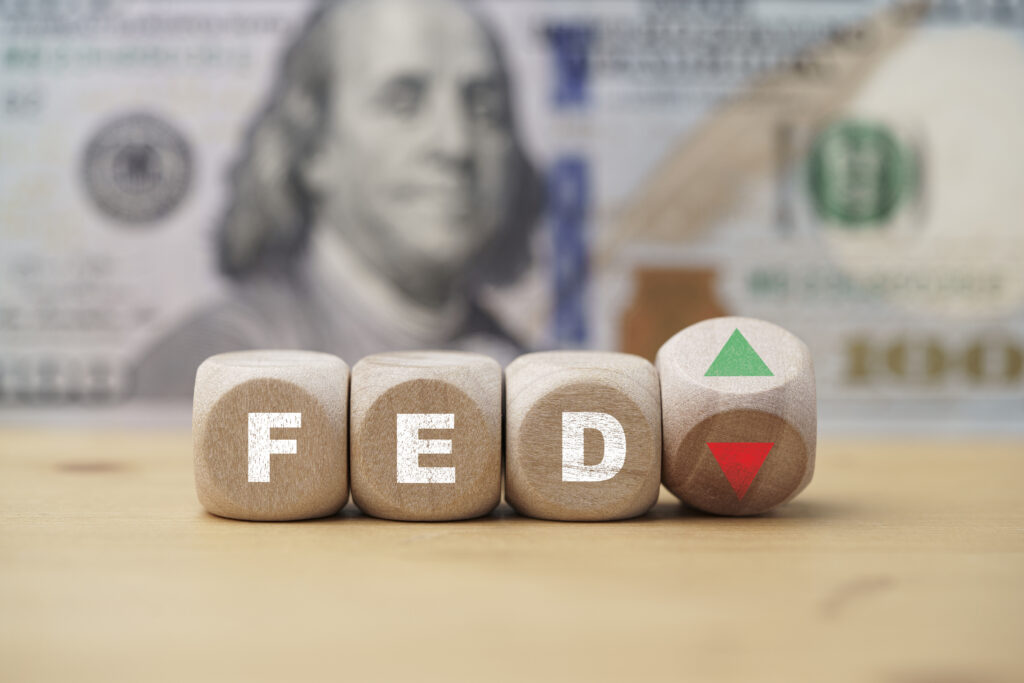
The Federal Reserve makes a monthly statement about its interest rate policy, which is based on the data it tracks and analyzes to understand the state of the economy. This includes data regarding inflation, employment, and more. These statements are important for the rest of the nation to understand how the economy is doing as well as what the Fed’s strategy for dealing with inflation is—namely their interest rate decisions, which affect people’s finances in immediate ways.
For the past few months, The Fed has decided not to move interest rates, as they’ve seen success in curbing inflation with their rate hikes in 2022 and 2023, and the economy is still looking relatively strong in some key areas such as employment, and some sectors of the stock market are still strong. However, they have indicated that they may see a chance to cut rates once in 2024 if the economy starts to slide into recession. While this would be the first cut since inflation started to spike in 2021, it’s important to note that their initial projection for 2024 was to cut rates more than once throughout the year.
Since inflation started to spike in 2021, the Fed’s mission has been to curb inflation and bring it back down to its target 2% level. Currently, inflation is hovering around 3%, but that’s major progress from the 9.1% increase in June of 2022. The Fed managed this by raising the amount of money banks must have in reserve overnight, which is called the Federal Funds rate. In turn, this increases interest rates the banks offer and pay across the board, essentially making money scarcer.
Think about it: if you are looking to purchase a house using a mortgage, and the interest rate goes up, you might not be able to afford that monthly payment, so you don’t buy the house. This puts pressure on the seller to lower its price to be more competitive with its monthly payment. This counteracts inflation, which is when prices rise. If you’re lending to the bank, say, in a high-interest-rate savings account or Certificate Deposit, you get to receive that higher interest rate. This makes putting money in banks more lucrative but makes investing in the economy, such as in stocks, comparatively less lucrative. This concept is reflected in nearly every aspect of buying and loan decisions throughout the economy when interest rates rise.
As you can see, raising interest rates fights inflation but puts pressure on the economy. As such, the Fed has a balancing act to execute, which is to fight inflation without sending the economy into recession.
When it comes to your retirement financial strategy, interest rates can affect your investments, income strategy, risk tolerance assessment, and more. As such, it’s important to stay up to date on where the Federal Reserve’s interest rate strategy is pointing and what it could mean for your finances. Reach out to us today for a clearer picture of how interest rates could affect your financial picture and the strategies you have to address your risks.
https://www.nbcnews.com/business/economy/federal-reserve-interest-rate-decision-june-2024-rates-unchanged-cooli-rcna156631
The source(s) used to prepare this material is/are believed to be true, accurate and reliable, but is/are not guaranteed. SWG 3646188-0624
